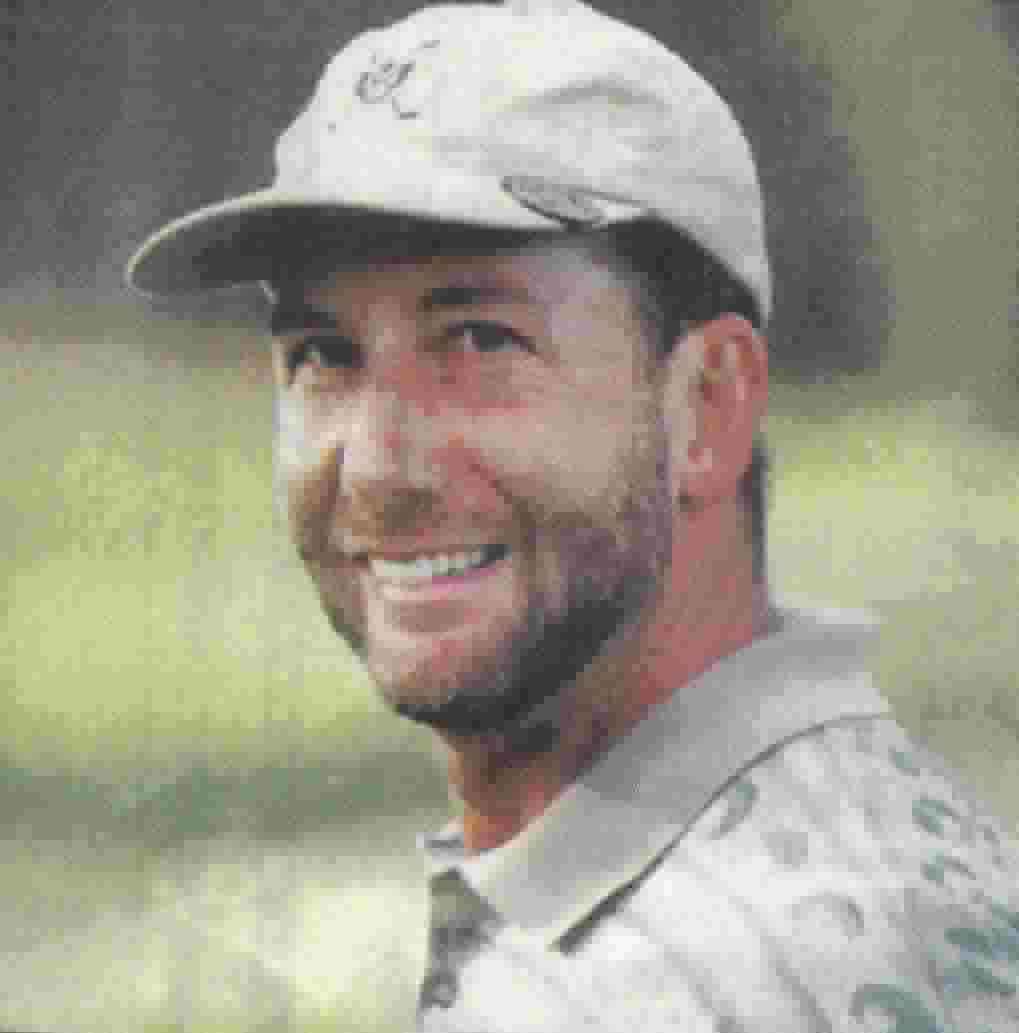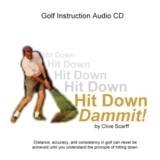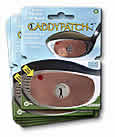Golf Statistics Part 4: Amateur Golfer Scores
Read
other Parts from the
Technology & Distance
series and Short Game
series here, Archives.
Email
me if you'd if there's anything you'd like to see discussed
or analyzed in
the next or future
newsletters. Now
on to this week's
topic.
IV.
Probable Golf Analysis
of Amateur Golfer
Scores
When
you play golf in a
foursome, do you ever
play any games? Other
than matches, do you
play for birdies, sandies,
up & downs, 3 putts,
etc. In this version
of the newsletter,
I'll provide you with
some statistics about
the number of birdies
that various handicap
groups make. If you're
interested in playing
a birdie game, there
is a way to play an
equitable one for all
handicaps.
Let's
say a foursome is comprised
of players with handicaps
4, 9, 16 & 25. Can
a fair birdie game
be played? The results
of my analysis say
yes. In fact, the foursome
could play either a
gross birdie game or
net birdie game. Let
me explain. This
study analyzes over
1600 golf scores collected
on Wednesday Men’s
Nights at Salmon Arm
Golf Course in Salmon
Arm, B.C., Canada.
The scores span the
2000, 2001 and 2002
golf seasons (May –
Sept) for male golfers,
handicaps +1 thru 36.
Men’s Night scores
were chosen to ensure
a reasonable amount
of effort on the part
of the golfer (competition
to motivate and decrease
likelihood of quitting)
and to ensure a minimum
amount of “cheating.”
Below
is a table of number
of various gross scores
made by different handicap
groups per round. The
birdie frequencies
are highlighted in
blue. I also included the
Champion's Tour results
for 2004 for comparison.
| |
Number
Per Round |
| HANDICAP |
Eagle |
Birdie |
Par |
Bogey |
Double |
Triple |
Quad |
Other |
| 0-4 |
0.11 |
1.83 |
9.95 |
4.97 |
0.96 |
0.11 |
0.01 |
0.00 |
| 5-9 |
0.05
|
1.13 |
8.17 |
6.24 |
1.90 |
0.39 |
0.10 |
0.03 |
| 10-14 |
0.01 |
0.60 |
5.98 |
7.24 |
3.05 |
0.84 |
0.23 |
0.05 |
| 15-19 |
0.00 |
0.38 |
4.24 |
7.40 |
3.81 |
1.60 |
0.41 |
0.16 |
| 20-24 |
0.00 |
0.23 |
2.64 |
6.39 |
4.89 |
2.62 |
0.84 |
0.39 |
| 25-36 |
0.00 |
0.09 |
1.66 |
5.24 |
5.25 |
3.55 |
1.39 |
0.80 |
| Champions |
|
3.2 |
|
|
|
|
|
|
You
can see that a
3 handicapper
would make far
more birdies
per round than
say a 30 handicapper
(1.83 per round
compared to 0.09
per round). For
a 30 handicapper,
a birdie is a
rare occurence.
To
play a fair gross
birdie game, the
birdies made by
different handicaps
would need to
be weighted. The
weighting used
would be the ratio
of the frequencies.
Comparing the
3 handicap to
the 30 handicap,
the weighting
would be 1.83/0.09
=20.3 . Statistically,
this means that
the 3 would make
20 times as many
birdies as the
30. To play a
fair birdie game,
therefore, one
birdie by the
30 would need
to be equivalent
to 20 made by
the 3.
A
3 handicap may
feel reluctant
to play with such
a weighting. If
the payout per
firdie were $1
each, the 3 would
have to pay the
30 $20 for each
birdie made. Yet,
the statistics
represent the
natural occurrence.
A 30 handicap
could go many
rounds without
a birdie and get
nothing. The 3
handicap would
have birdies almost
every round and
would collect.
With
a foursome of players
with handicaps
4, 9, 16 & 25,
one would use
the weightings
based on the low
handicapper, thus:
1.83/1.13
= 1.6 for the
9, 1.83/0.38 =
4.8 for the 16,
and 1.83/0.09
= 20.3
Let's
say in a round,
the number of
birdies were 2,
2, 1 and 0 respectively
for the 4,
9,
16 and 25 handicaps.
The weighted birdie
values would be
2, 3.2, 4.8 and
0, respectively.
If paying $1 for
each birdie, the
day would be very
expensive for
the 25 handicapper.
But, every so
often, the 25
would make a birdie
and win the lottery.
If
you have further
questions about
how to use this
weighting system.
drop my an email
at probablegolf@yahoo.ca As
I said earlier,
one could also
play a net birdie
game. That would
require obtaining
the frequencies
of net birdies
for the various
handicap groups.
If you'd like
these frequencies,
just purchase
the full report
by using the link
below.
Pay
$5.99 thru 2CheckOut 
OR
Pay using

Next
time, my newsletter
topic will reveal
some more results
from my own studies
of amateur golfer
statistics. Take
a preview here.
A list of resources that have been used to produce this newsletter
can be found on my
website here.
The focus
of my site
is to utilize science
and math to lower
your score. New technology
is one
way to achieve this,
but to be honest,
the technology is
one small piece of
the puzzle.
To actually improve significantly,
we all need to:
1. Improve our swings using CD
Interactive, Hit
Down Dammit!
2. Learn how to swing simpler
like the Iron Byron
with the great coffee
table book, Swing
Machine Golf!
3. Improve our physical fitness
and strength.
The
Golf Trainer Power
Performance Program™
4. Improve our mental games.
Golf
Mind Software
5. Improve our Probable
Golf games.
Learn how to make better
choices on the course
through knowing how
shot patterns and reading
the elements and course
better.
Click on the links above to
take a look at
ways that I personally
use myself and
recommend you try
as well.
Hope
I provided some useful
ways for to become
better prepared for
you best golf season
ever.
Ken Tannar
If you'd like to opt out of this newsletter, send
me an email with the subject "opt
out, please"
|









